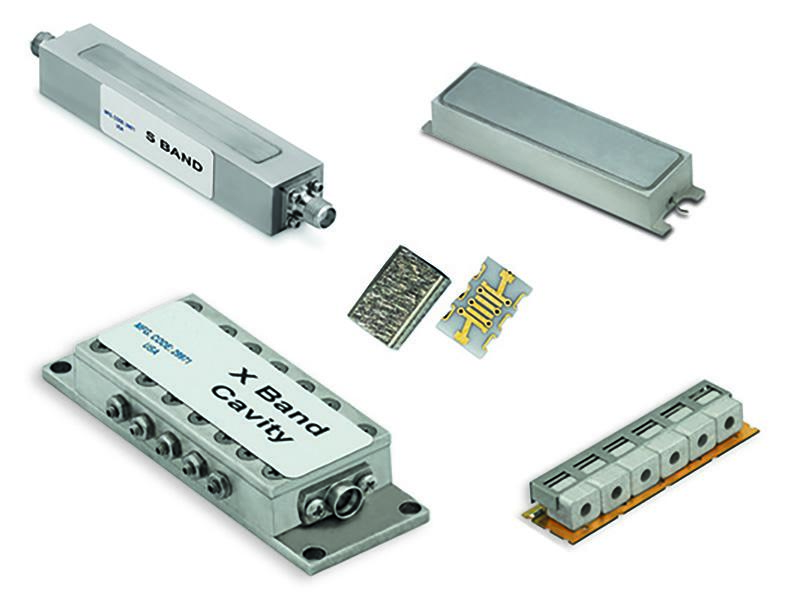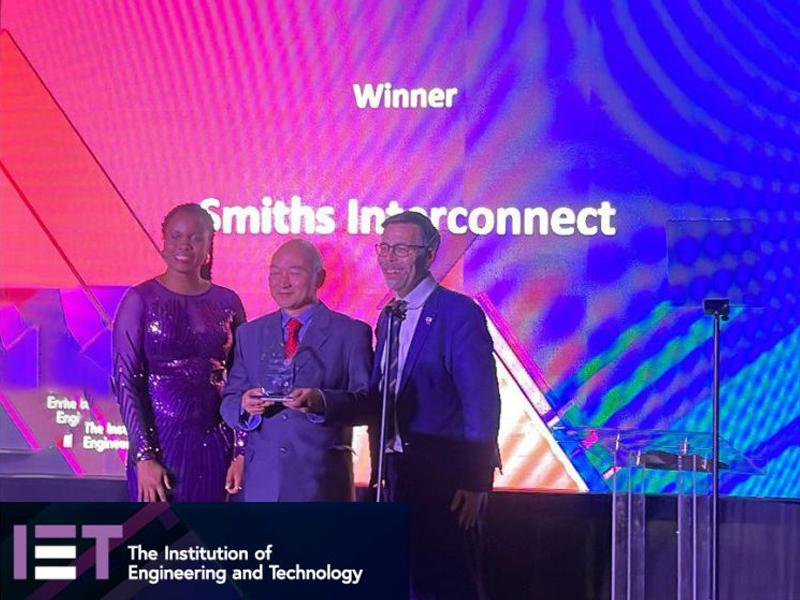
Spring probe contact technology ensures the signal integrity of core electronics and antenna transmission
The first satellite of the COSMO-SkyMed Second Generation (CSG-1) was launched and has been orbiting since 18 December 2019, enriching the constellation that, for over 10 years, has made an important international contribution to emergency management, environmental monitoring and national security. The signal has been regularly acquired by the antennas of the Fucino Space Centre managed by Telespazio (Leonardo-Thales).
COSMO-SkyMed Second Generation constellation is a satellite system designed to ensure operational continuity for the synthetic aperture radar (SAR) observation services supplied by the satellites in the first generation of COSMO-SkyMed. Thales Alenia Space is responsible for the overall COSMO-SkyMed Second Generation program, including the construction two CSG satellites, intended for use by the Italian space agency ASI and Ministry of Defence.
Smiths Interconnect provided Thales Alenia Space with high performance microstrip circulators embedded into the active antenna Transmitter/Receiver modules, as well as low profile solderless interposers for the core electronics of the satellite. The interposer’s reduced size adapts well to limited space constraints, allowing for a smaller, lighter design of the main equipment and easy installation and replacement.
The supply also includes high performance coaxial isolators for the equipment payload, as well as right angle spring probe connectors for the antenna harnessing connection. These connectors provide streamlined routing of the cable harnessing, simplifying the antenna mechanical structure and allowing for a plug-in modular approach.
These Smiths Interconnect connectivity solutions are equipped with IDI spring probe contact technology, designed to optimize performance in high reliability, multi-cycle applications while offering excellent resistance to shock and vibration.
“We are proud to have contributed to the launch’s success,” said President Karen Bomba. “We congratulate Thales Alenia Space and Telespazio and wish them every success on the second generation of COSMO-SkyMed satellites”.
The Second Generation COSMO-SkyMed programme (CSG-1) provides for the launch of four satellites, and is intended to provide further improved performance in terms of technology, services and operational life of the system. The new satellites of the constellation represent the top tier in radar observation from space, in terms of precision, features and image quality.
CSG-1 will grant a continuity of service provided by the First Generation satellite and ground segment while enabling new application possibilities, with particular reference to risk management and damage.

Spring probe contact technology ensures the signal integrity of core electronics and antenna transmission
The first satellite of the COSMO-SkyMed Second Generation (CSG-1) was launched and has been orbiting since 18 December 2019, enriching the constellation that, for over 10 years, has made an important international contribution to emergency management, environmental monitoring and national security. The signal has been regularly acquired by the antennas of the Fucino Space Centre managed by Telespazio (Leonardo-Thales).
COSMO-SkyMed Second Generation constellation is a satellite system designed to ensure operational continuity for the synthetic aperture radar (SAR) observation services supplied by the satellites in the first generation of COSMO-SkyMed. Thales Alenia Space is responsible for the overall COSMO-SkyMed Second Generation program, including the construction two CSG satellites, intended for use by the Italian space agency ASI and Ministry of Defence.
Smiths Interconnect provided Thales Alenia Space with high performance microstrip circulators embedded into the active antenna Transmitter/Receiver modules, as well as low profile solderless interposers for the core electronics of the satellite. The interposer’s reduced size adapts well to limited space constraints, allowing for a smaller, lighter design of the main equipment and easy installation and replacement.
The supply also includes high performance coaxial isolators for the equipment payload, as well as right angle spring probe connectors for the antenna harnessing connection. These connectors provide streamlined routing of the cable harnessing, simplifying the antenna mechanical structure and allowing for a plug-in modular approach.
These Smiths Interconnect connectivity solutions are equipped with IDI spring probe contact technology, designed to optimize performance in high reliability, multi-cycle applications while offering excellent resistance to shock and vibration.
“We are proud to have contributed to the launch’s success,” said President Karen Bomba. “We congratulate Thales Alenia Space and Telespazio and wish them every success on the second generation of COSMO-SkyMed satellites”.
The Second Generation COSMO-SkyMed programme (CSG-1) provides for the launch of four satellites, and is intended to provide further improved performance in terms of technology, services and operational life of the system. The new satellites of the constellation represent the top tier in radar observation from space, in terms of precision, features and image quality.
CSG-1 will grant a continuity of service provided by the First Generation satellite and ground segment while enabling new application possibilities, with particular reference to risk management and damage.










